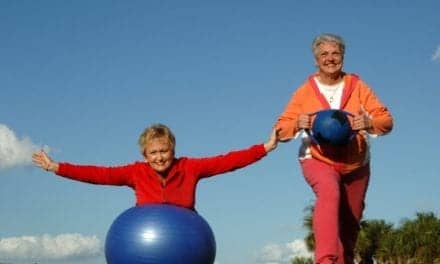People with a sleep disorder that causes them to kick or cry out during their sleep may be at greater risk of developing dementia or Parkinson’s disease, according to a new study.
The sleep disorder is called REM sleep behavior disorder. People with the disorder do not have the normal lack of muscle tone that occurs during REM sleep, often known as the dream stage of sleep. Instead, they have excessive muscle activity such as punching, kicking, or crying out, essentially acting out their dreams.
REM sleep behavior disorder appears to be a predictor of neurodegenerative disease in more than 50% of cases.
According to a recent study performed at the Research Institute of the MUHC and Université de Montréal and the Hôpital du Sacré-Cœur de Montréal, 52.4% of patients with REM sleep behavior disorder develop a neurodegenerative disease within 12 years following their initial diagnosis.
The results were published on December 24 in the journal Neurology.
The study showed that the chance a patient suffering from an REM sleep behavior disorder will develop a neurodegenerative disease is 17.7% within 5 years of diagnosis, 40.6% within 10 years, and 52.4% within 12 years.
"Doctors should pay close attention when following these patients, as their observations could help define the precursors of diseases such as Parkinson’s, Alzheimer’s, Lewy body dementia, or multiple system atrophy," stated Jacques Montplaisir, MD, principal investigator of the study. Currently, it is difficult to diagnose these diseases with certainty before an advanced stage, as doctors lack data on warning signs.
Although effective treatments against REM sleep behavior disorder do exist, these medications do not postpone the onset of neurodegenerative disease. As research is very active in this field, these patients could represent a viable target population in the relatively near future to test the effectiveness of new innovative treatments to fight neuronal degeneration.
REM sleep behaviour disorder affects a small percentage of the population. It is characterized by a loss of the normal muscle relaxation while dreaming and is seen most often in men 50 and older.
[Source: Science Daily]



